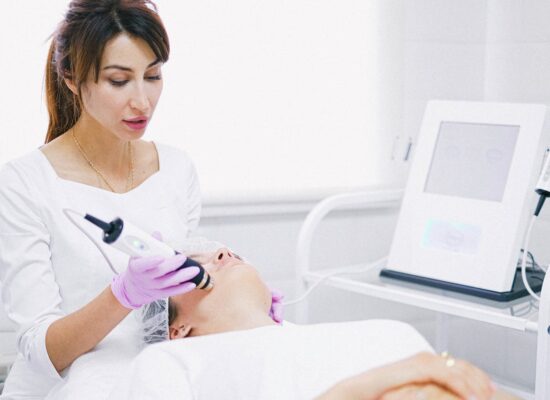It isn’t only in the SAAS or electronic goods space that technology is getting increasingly more advanced. In fact, the medical field is one of the quickest growing sectors when it comes to pushing the boundaries of technology. More importantly, the advancements are used to help patients solve their health or cosmetic issues quicker (and with more accuracy).
Within the dermatologist space, there have been advancements as well. Specifically, we want to discuss what face mapping (also referred to as skin mapping) is and how our very own Pear3D can perform face mapping.
What is face mapping?
First and foremost it’s important to note that face mapping has been around (traditionally) for several thousand years. The difference now is how accurate, quick, and efficient dermatologists and doctors can map blemishes.
When it comes to what face mapping actually is, the definition varies a bit. However, most practitioners would agree that face mapping is the process of dividing the face into sections (via a digital image) in an effort to identify patterns for blemishes.
How is face mapping beneficial?
Face mapping is meant to inform patients and doctors about what and where blemishes occur. Humans are all different, and face mapping allows you to understand your unique facial skin makeup.
This is extremely beneficial for anyone trying to improve their skin regime or overall knowledge of their skin. Without face mapping, the process becomes a bit like searching for something in the dark with no flashlight. You might find something of interest, but the chances are slim (and are unlikely to be easily replicated).
Is face mapping the same as skin mapping?
The terms face mapping and skin mapping are often used interchangeably, and when it comes to what they mean the only different is that skin mapping could refer to any part of the body while face mapping only refers to the face of a patient. Another common (but older) term used for this practice is face reading.
What blemishes will practitioners look for during the process?
Any blemish would be taken into account by your dermatologist (unless otherwise specified). The items looked for don’t even have to be blemishes – they could just be general themes (like dry skin). Some examples are:
- Pimples
- Moles
- Pigmentation
- Dehydration
Conclusion
If you are someone who is interested in learning more about the health of your skin, or if you want to improve your skin regime, Dermaquip recommends visiting your local dermatologist and asking them for assistance.
If you are a practitioner, contact us today to learn more about our array of skin analysis products.




